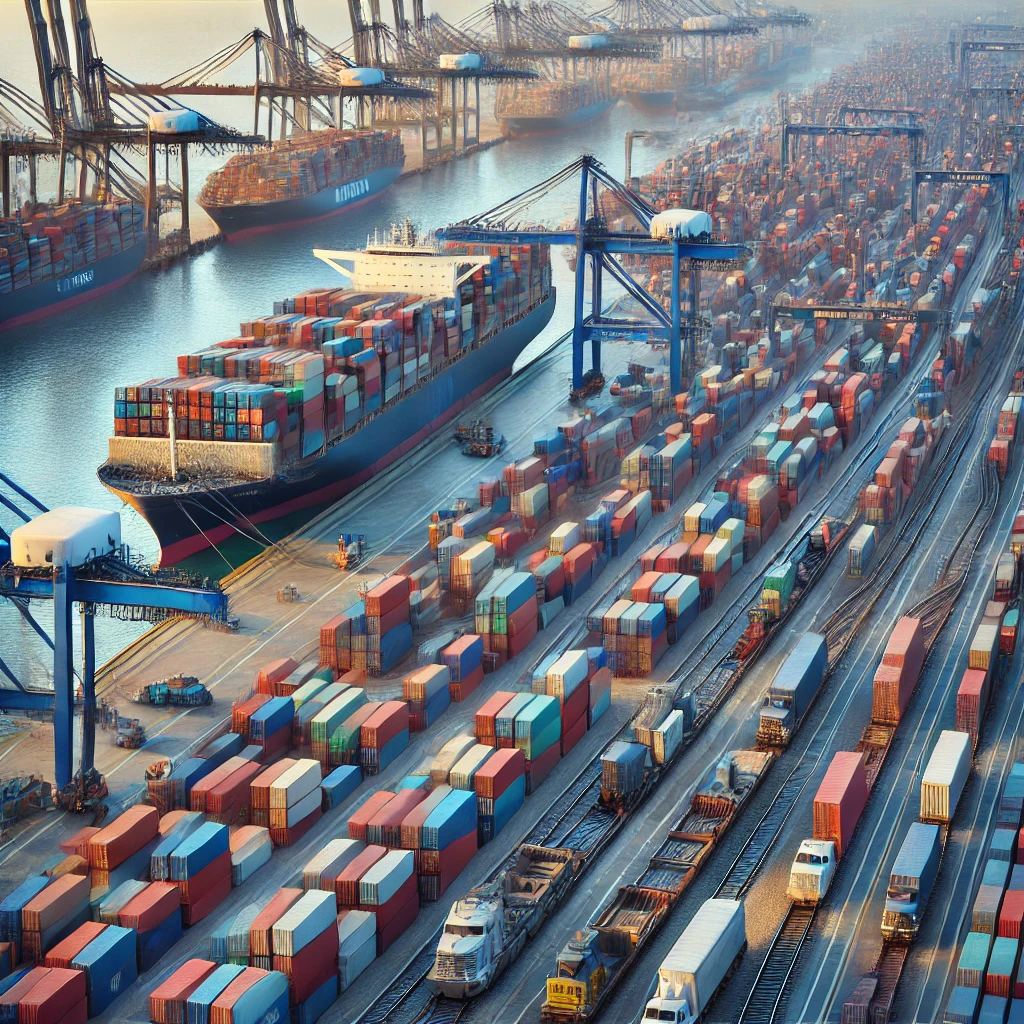
10 Jan Port of Vancouver Faces Severe Congestion and Extended Dwell Times
The Port of Vancouver is currently experiencing significant congestion, with rail dwell times extending to 15–20 days, well beyond the port’s target of three days. This disruption is causing delays in cargo movement and impacting supply chains across various industries.
Key Factors Contributing to Congestion:
- Vessel Bunching:
Irregular arrival patterns from Asian load ports have resulted in multiple vessels arriving simultaneously, overwhelming the port’s handling capacity. - Pre-Lunar New Year Cargo Surge:
A seasonal spike in shipments ahead of the Lunar New Year has drastically increased container volumes, straining port operations. - Railcar Shortages:
The surge in import volumes has outpaced available railcar supply, slowing the transfer of containers from the port to inland destinations.
Implications for Shippers:
- Extended Dwell Times:
Containers are now dwelling for 15–20 days, leading to delivery delays and rising storage costs for shippers. - Supply Chain Disruptions:
Prolonged port congestion is impacting inventory levels and production schedules, creating challenges for businesses dependent on timely deliveries.
Current Port Operations and Recommendations:
- Expedited Rail Service (ERS):
Despite the congestion, the port is still accepting ERS bookings. However, due to high demand, clients requiring ERS must notify us at least one week in advance of vessel arrival to secure arrangements. - Monitoring and Adjustments:
Port authorities are actively working to ease congestion, but shippers should anticipate continued delays and adjust their supply chain strategies accordingly.

